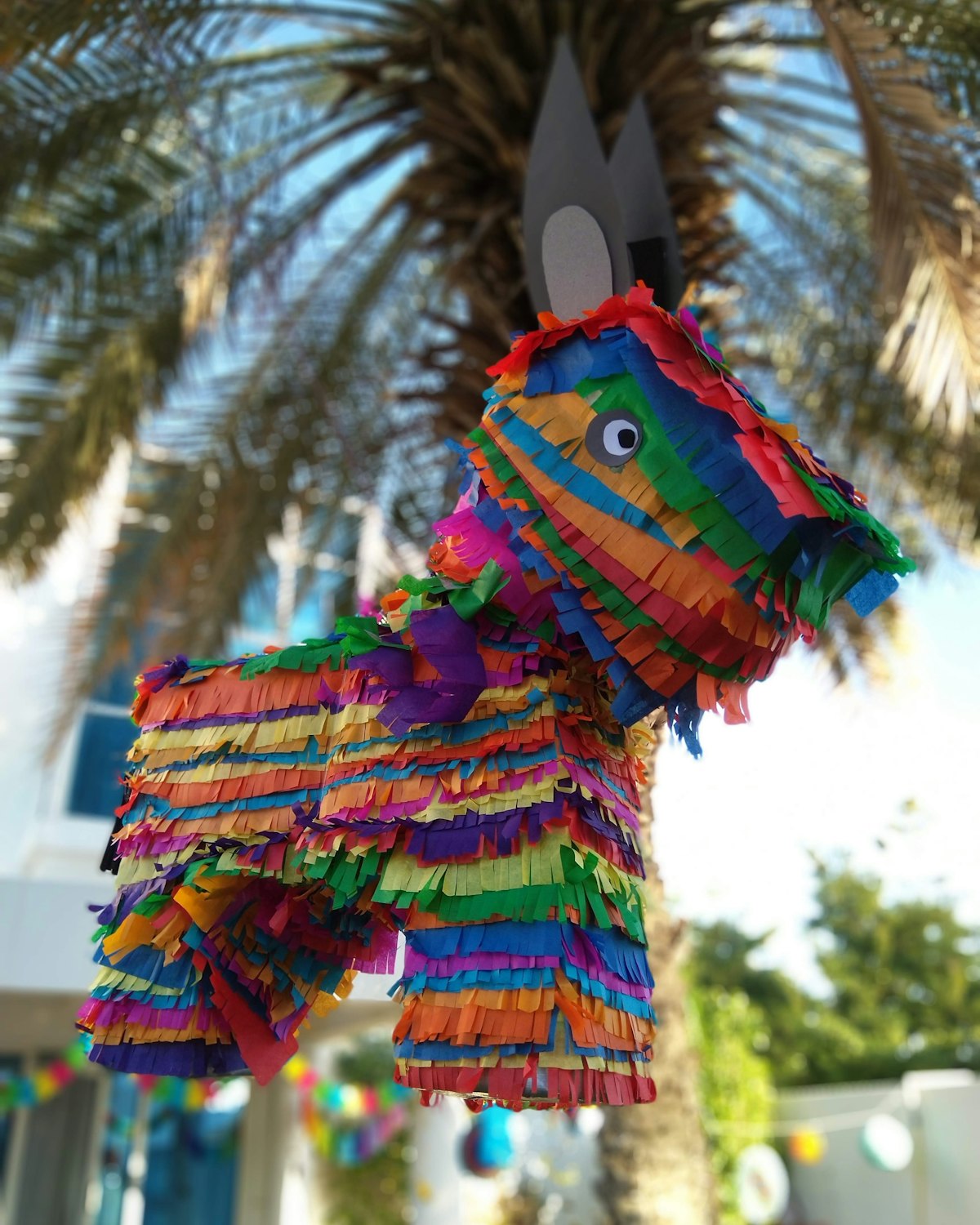Handicraft market, the tradition, and culture of Mexico
Every tourist who wants to know about a country is always recommended to go to a market like this because it will find out a lot about its roots, people, customs, clothing, tastes, toys, and art.

The visitor will discover much of the roots of this country, in items such as zarapes, hats, silverware, pieces of Talavera, ceramic, among others. Every tourist who wants to know about a country is always recommended to go to a market like this because it will find out a lot about its roots, people, customs, clothing, tastes, toys, and art.
Most handicraft sellers make the pieces they exhibit, others buy them directly from the craftsman, but always verify that they are not originally from China.
"That country has managed to create exact replicas of various products, but without the quality they require," says Irma González, who sells purses, wallets, and pens lined with colored woven threads.
"The purses we have are made of leather and are different from the others because, in addition to embroidering them with thread, we engrave the letters as a souvenir of the city they visit," he said in an interview with Notimex.
Zarapes, hats, silverware, pieces of Talavera, ceramic, accessories for women, bags, dresses, napkin rings, tortilleros and palm tablecloths, wooden utensils, clay, and typical Mexican sweets, are some of the products that can be found in the tianguis of Alamos crafts.
There are also pieces of pottery, basketry, sculpture, farming, painting, and blown glass. The tianguis remains during the period of the Alfonso Ortiz Tirado Festival (FAOT), from mid to late January.
"During the day I dedicate myself to selling and at night I make the necklaces with beads that I am selling. It is a difficult job because the nylon thread should be put ball by ball and sometimes the view no longer gives me more. Also, we must give a design to be striking to everything there is, that people take something different from home, "said Juana Vázquez, 65 years old.
Between each position the artisans stand out, offering wicker baskets that are put together in the sight of the passers-by. Most of them come from communities far from the town, many come from the Sierra and others come from other states.
"We are part of a traveling tianguis. We already have our program of activities during the year. We are aware of what festivals are coming or cultural events and we are running for the governments of each city or town to let us sell our products, "commented Sagrario Martínez.
He stressed that they invest a lot of money in transportation since they must obtain the one that allows them to come up with their sacks of merchandise.
"Many of us do not have a car, we live by handicrafts and live daily. When we go to the festivals of the towns, we sleep in the post, we just get closer a few blankets and now. Many times the craft is not good business, there are good days and very bad days, but here we are, "he said.
Therefore, he asks that the buyer or tourist does not haggle the products that they manufacture.
"It is not the size of the object or the material with which it is made, it is the work behind it, the hours of sleep, the creativity, the load of bags, the quality with which we work. It is our trade and many people do not value it, it is not that we give expensive, is that there is much effort invested in everything, "he said.
Jesús Ramírez sells wooden toys. In his position, there are carts, guitars, maracas, puppets, drums, airplanes, and boxes.
"Sometimes they buy me just for the novelty because they are attracted by the carving we make of wood, but children no longer ask for toys like these. We are also fighting against that, " he concluded.




